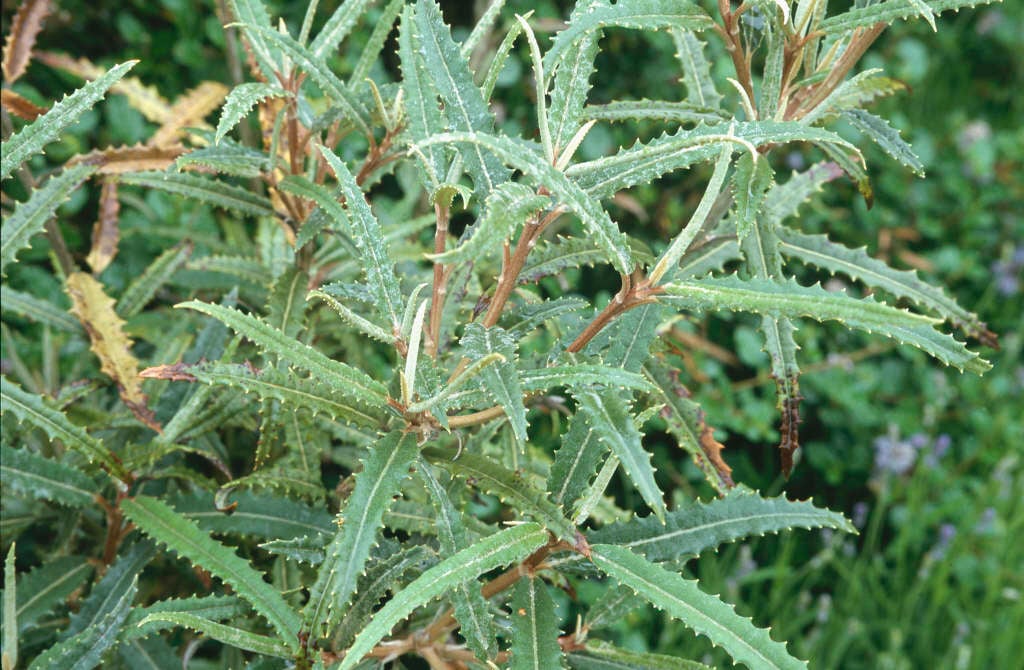Olearia × mollis 'Zennorensis'
daisy bush 'Zennorensis'
A small evergreen shrub with narrowly oblong, strongly-toothed leaves to 10cm long, white-hairy beneath, and rounded clusters of small, white flowers in late spring

Buy this plant
Size
Ultimate height
1.5–2.5 metresTime to ultimate height
5–10 yearsUltimate spread
1.5–2.5 metresGrowing conditions
Moisture
Moist but well–drained, Well–drainedpH
Acid, Alkaline, NeutralColour & scent
| Stem | Flower | Foliage | Fruit | |
| Spring | White | Green White | ||
|---|---|---|---|---|
| Summer | Green White | |||
| Autumn | Green White | |||
| Winter | Green White |
Position
- Full sun
Aspect
South–facing or West–facing
Exposure
Sheltered Hardiness
H4Botanical details
- Family
- Asteraceae
- Native to GB / Ireland
- No
- Foliage
- Evergreen
- Habit
- Bushy
- Genus
Olearia can be evergreen shrubs, small trees or herbaceous perennials, with simple, leathery, toothed or entire leaves and corymbs of daisy-like flower-heads
- Name status
Accepted
How to grow
Cultivation
Grow outdoors in fertile, well-drained soil in full sun, with shelter from cold, drying winds. Under glass, use a peat-free, loam-based compost, water moderately and apply a balanced liquid fertiliser monthly. Water sparingly in winter
Propagation
Propagate by semi-ripe cuttings in summer, with extra heat from a propagating mat or propagator
Suggested planting locations and garden types
- City and courtyard gardens
- Coastal
- Gravel garden
- Cottage and informal garden
- Wall side borders
- Flower borders and beds
Pruning
Pruning group 8. Trim lightly to maintain a compact habit. If necessary olearia can be pruned back hard and will regenerate from old wood
Pests
Generally pest-free
Diseases
Generally disease-free but may be susceptible to honey fungus (rarely)
Love gardening
Sign up to receive regular gardening tips, inspiration, offers and more
View our Privacy Policy
Get involved
The Royal Horticultural Society is the UK’s leading gardening charity. We aim to enrich everyone’s life through plants, and make the UK a greener and more beautiful place.